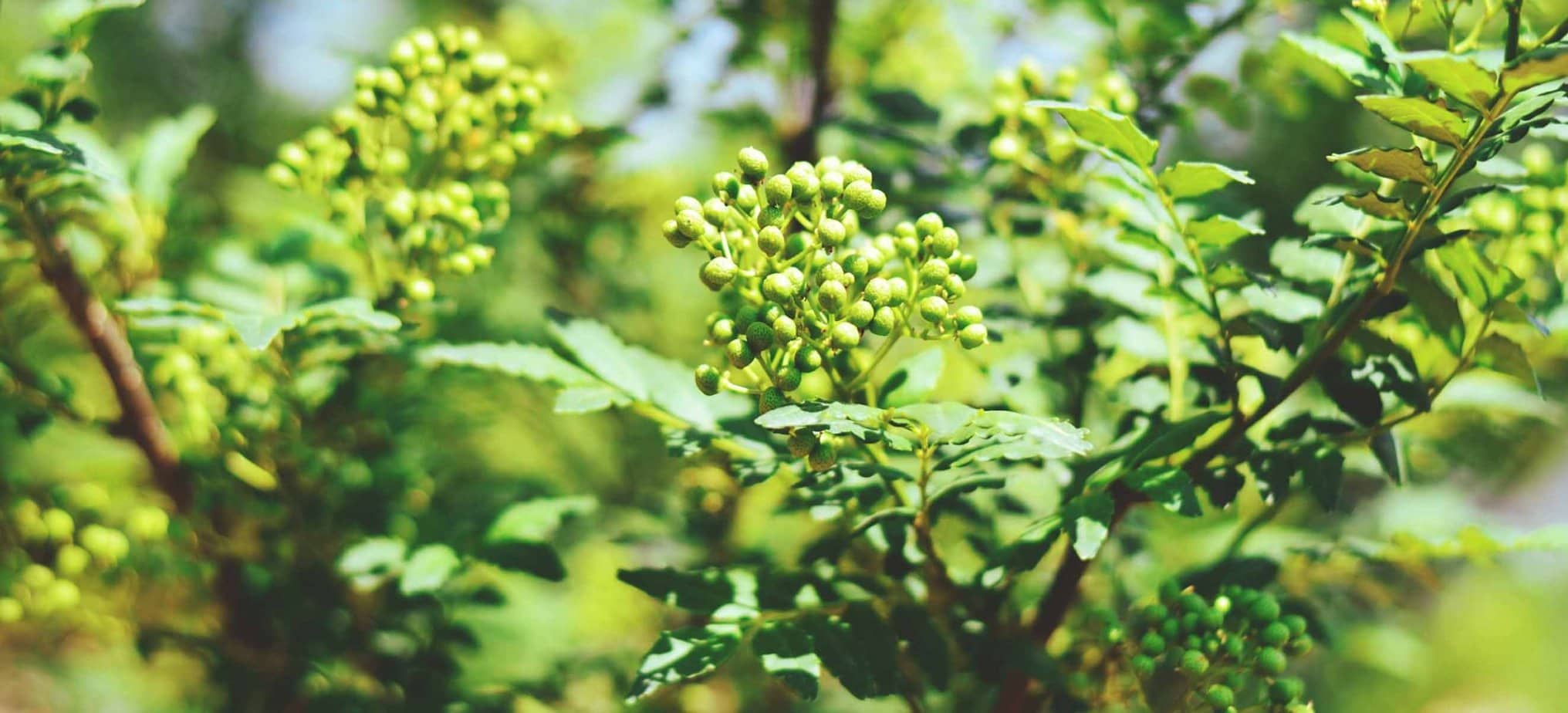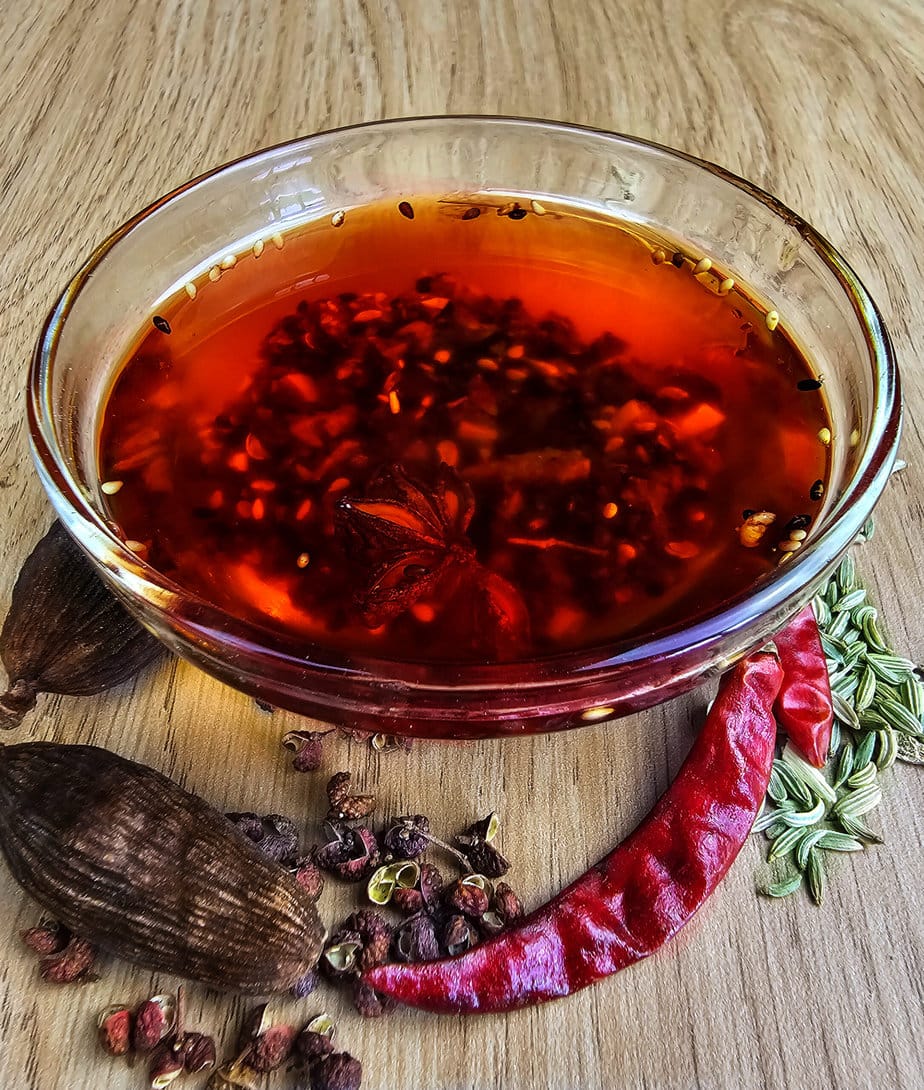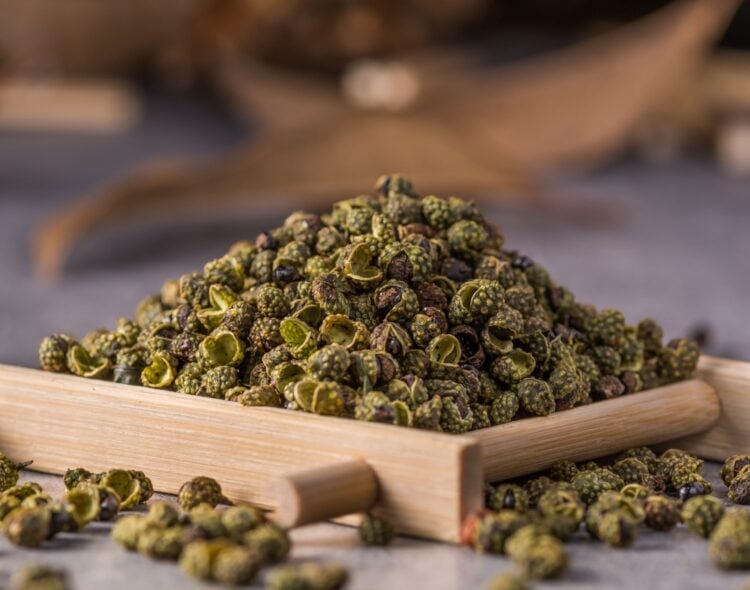With its citrusy taste, it is somewhat reminiscent of Sichuan pepper or Timut… Sansho pepper, like its lemony counterparts, has been a staple of Japanese cuisine since time immemorial. Exotic flavors guaranteed on your plate!
What is Sansho pepper?
Sansho pepper, or Zanthoxylum piperitum, is actually a false pepper, like most berries from the Zanthoxylum genus. It is a berry that grows in clusters on a thorny shrub belonging to the Rutaceae family.
The leaves and flowers are also harvested, in addition to the sansho seed. It is often compared to Sichuan pepper or Timut pepper because of the similarity of their aromatic profiles. All of these varieties share that characteristic fresh citrus aroma.
The sansho berry is usually picked while still green, before it is ripe, then dried out of direct sunlight for two days. It is then placed in the sun until it splits open, revealing the seed inside. This part is the only one we do not eat, as it is hard and bitter.

Where does Sansho pepper come from?
Sansho pepper has been cultivated in Japan for more than 3,000 years. In Japanese, “sansho” would mean “mountain pepper” because the shrub grows on mountainous and volcanic sites. Today, the berries are mainly grown on the island of Honshu, in Wakayama Prefecture, south of Kobe.
Already during the Jomon era (15,000–300 BCE), the leaves, flowers and berries of sansho were used. For a long time, the spice was used as an offering to the gods during religious ceremonies. It was also used to preserve meat and fish. Sansho pepper is said to have become one of Japan’s most prized seasonings, along with black garlic… Even in pop culture (Dragon Ball Z, ring a bell?).
What does Sansho pepper taste like?
Sansho pepper, like many berry varieties from the Zanthoxylum genus, has a fresh citrus fragrance. In the case of sansho, its aroma is often compared to that of lemongrass. Woody and minty notes are added to this flavour, giving the spice its refreshing sensation, not to mention, of course, the pronounced peppery character.

The taste of Sansho pepper will depend on its degree of ripeness; green sansho, picked in May, is more lemony than red sansho, harvested after the summer season, which displays grapefruit notes.
Beyond these aromatic qualities, Sansho pepper is also known for its anaesthetic properties. Put one berry in your mouth and you will start to feel its numbing effects, similar to the famous Chinese “Mala” of Sichuan pepper or Timut pepper.
What are the benefits of Sansho pepper?
As well as being tasty, Sansho pepper is especially good for your health. Rich in antioxidants, vitamins and minerals, it is often used in traditional medicine for its anti-inflammatory and digestive properties. It is also said to have tonic and aphrodisiac qualities.
How to use Sansho pepper in cooking?
Originally, sansho berries were used as a preservative. Ground berries were sprinkled over foods that needed to be kept. In Japan, it is still widely used in cooking. It is often paired with unagi-don, eel with teriyaki sauce served with white rice, with sashimi or with broths.
Because it is citrusy, Sansho pepper actually pairs very well with fish and shellfish dishes. In Japan, Sansho pepper is also often used to season Kobe beef (from the very region where the pepper comes from!). It therefore also goes great with meats such as pork or duck. That being said, don’t let that limit your culinary explorations.
Sansho pepper can also be included in dessert recipes, especially those with chocolate. It also pairs particularly well with fruit. Since its flavor is similar to Sichuan pepper, it can be substituted for it in any recipe

How to store Sansho pepper?
Like most spices, Sansho pepper can be kept for several years if you use the right precautions. Keep your pepper in an airtight container, away from light.
Where can you buy Sansho pepper?
Unlike its Sichuan and Timut counterparts, Sansho pepper is not as easy to find in supermarkets. However, many websites sell it, as do specialty grocery stores.

